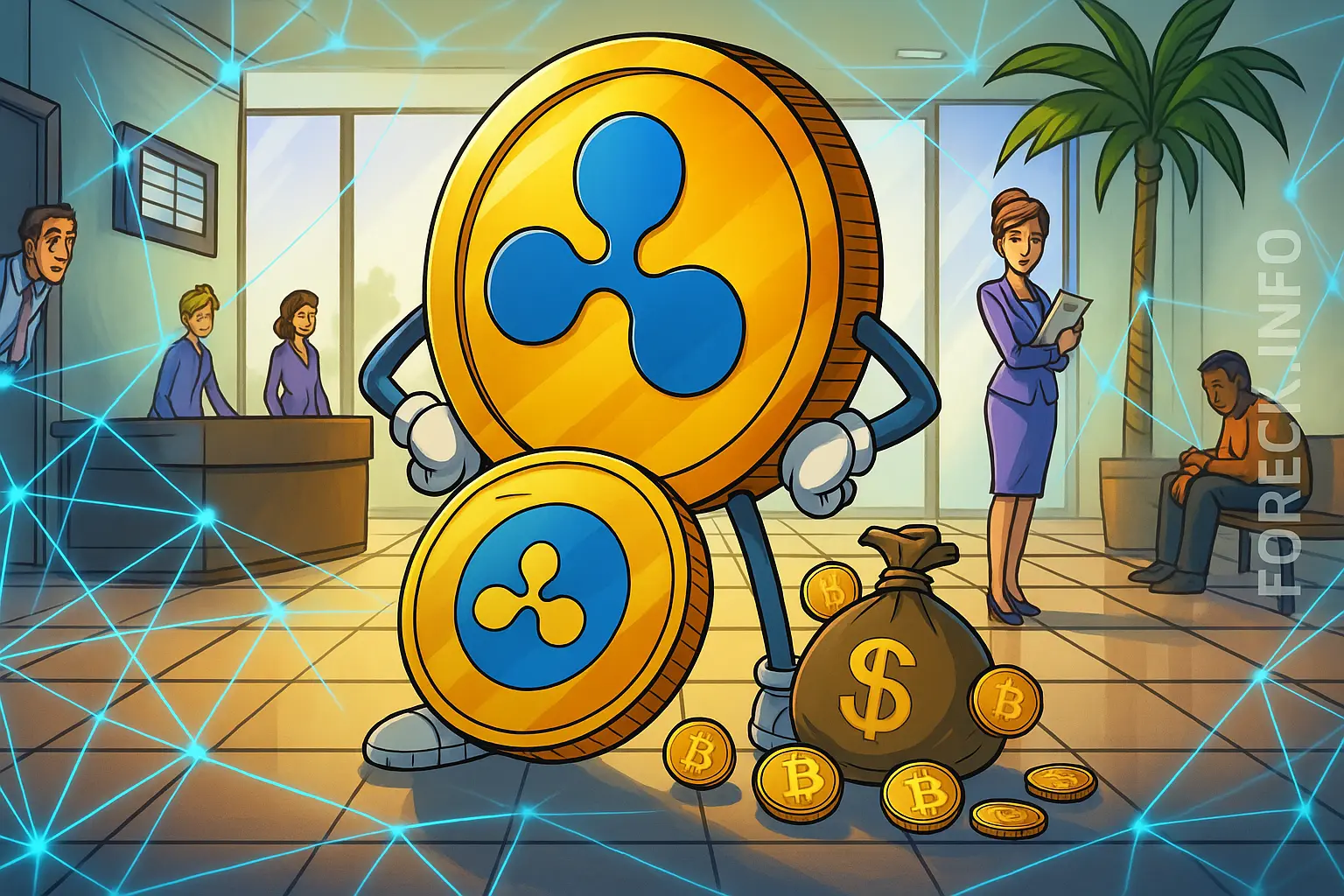“What is Ripple going to do with its roughly 40 billion XRP now that it’s applied for a bank charter?” Youtube - Gilbertie asked. “One popular theory is they keep it on the balance sheet, get licensed, and instantly rank among the world’s twenty largest banks by market cap.”
Gilbertie argues that blockchains address the biggest inefficiency in cross-border payments: the need for banks to pre-fund and idle capital in accounts on both the sending and receiving sides. “That goes away. A distributed ledger unlocks vast sums that are currently trapped on balance sheets,” he said, adding that Ripple’s XRP Ledger (XRPL) could lead a shift from SWIFT messaging to on-chain settlement.
In June, Ripple CEO Brad Garlinghouse said XRP could capture up to 14% of global cross-border flows within five years, citing the token’s role as a source of liquidity. While SWIFT verifies payment instructions and leaves movement of funds to correspondent banks, Ripple’s model carries both the message and the value — with XRP serving as a bridge asset.
Kaiko’s Scorecard: Security Concerns for XRPL
Kaiko’s latest quarterly review raised questions about the resilience of XRP Ledger. Among the 15 blockchains studied, XRPL came in at the bottom for security, earning 41 out of 100 points. Stellar, a project born from Ripple’s early code, fared slightly better at 45. Ethereum topped the list with a score of 83.
Introducing Kaiko’s Blockchain Ecosystem Ranking—a quarterly, data-driven assessment of 15 leading networks to guide tokenisation decisions. Transparent scores across governance, integration, liquidity, efficiency & security.
— Kaiko (@KaikoData) August 13, 2025
See the full results below pic.twitter.com/ThuRgIVHfk
The analysts assessed networks on five dimensions: governance, integration, liquidity, efficiency, and security. XRPL was ranked lowest in governance as well, though it performed better in efficiency, taking the eighth spot overall and finishing 13th in the combined ranking.
Adam Morgan McCarthy, senior analyst at Kaiko, highlighted several weak points - In a comment to DL News These included a service disruption earlier in the year that required a restart, the relatively small number of validators, and a low Nakamoto coefficient — a measure of how many entities would need to cooperate to compromise the system. The February outage lasted 64 minutes and reignited concerns about centralization. According to XRP Scan, roughly 198 validators maintain the network, compared with Ethereum’s validator count of over one million.
Ripple’s Response: Decentralization by Design
Ripple’s CTO David Schwartz rejected the centralization claims, stressing that XRPL was built to be decentralized. Ripple itself, he noted, runs just one of the 35 validators on the recommended list. What matters most, Schwartz argued, is not the total number of validators but their distribution among independent operators. He also pointed out that meaningful protocol updates require 80% approval from network participants, preventing Ripple — or any other single party — from forcing changes.
Whether Ripple can turn its push for regulation and liquidity solutions into a serious alternative to SWIFT will depend on execution, oversight, and adoption. Still, the ongoing debate reflects a larger reality: legacy payment networks are under pressure, and the competition to replace them is increasingly shifting to blockchain technology.

